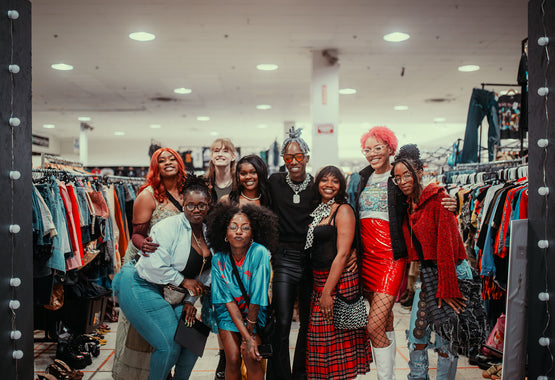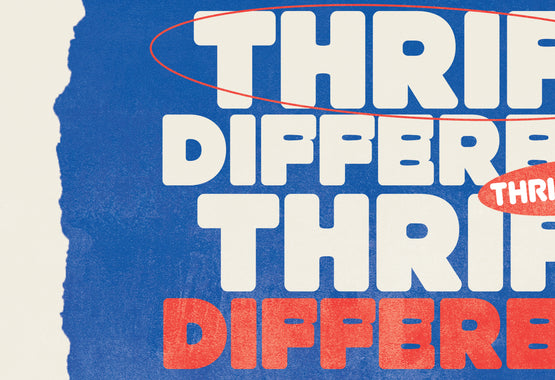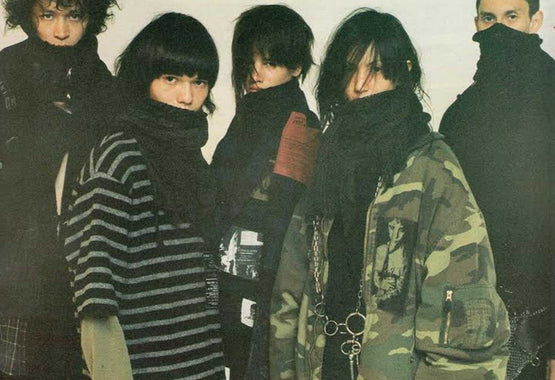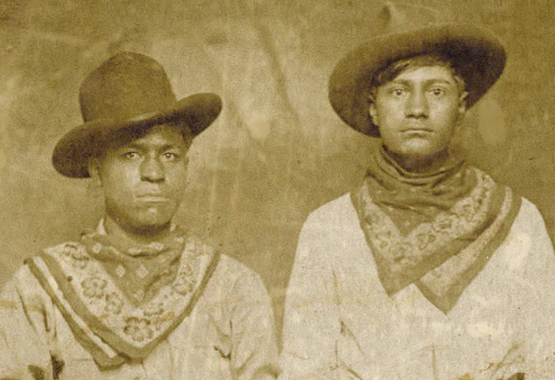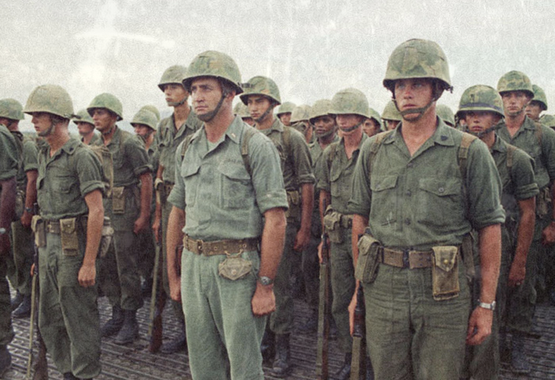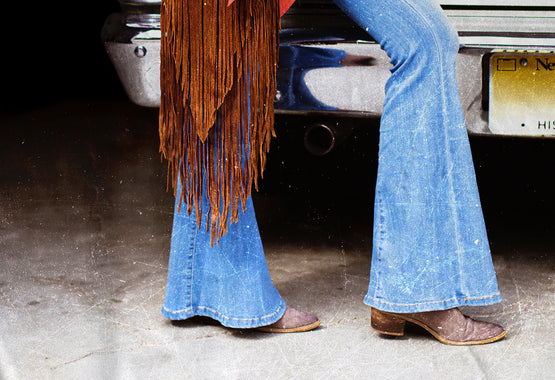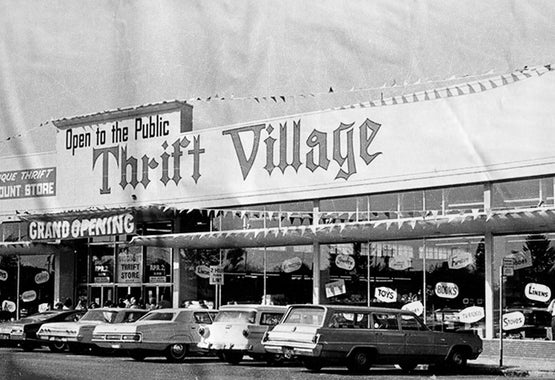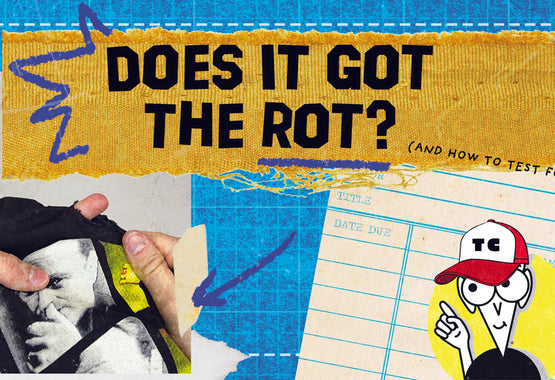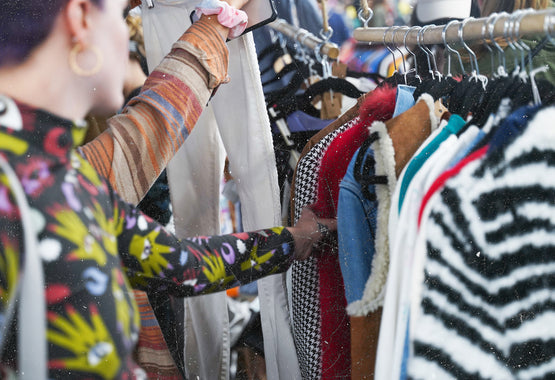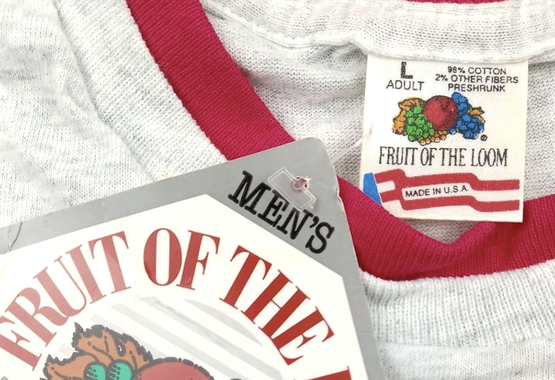What You Should Be Paying For Secondhand Clothes, Explained


When choosing what to buy online, navigating the stormy sea of retail can sometimes lead to an empty feeling inside. With millions of choices and hundreds of outlets to choose from, many answers to nagging questions often remain: “What if it’s garbage? Does it slap? Scam? …
Wait, did I just get ripped off?”
It doesn’t help that with the rising popularity of secondhand clothing, more and more anonymous shops are popping up on reseller apps that may or may not know what they’re doing. One vintage tee on Platform A might be less than $30. On Platform B, the exact same shirt could be listed for well over $100. The randomness of pricing brings with it huge problems for the industry, like how to actually list things when selling them and what to expect from those prices when you’re buying.
For people new to the game, shopping secondhand appears to be about as aimless as a broken dart thrown with a blindfold on. Because, well, it kind of is.
Take Terry Nguyen’s recent digital journey. As a consumer trends reporter for Vox Media, she follows things like the arbitrary pricing of used clothing closely. When writing about her search for a decently priced used leather jacket, she found several inconsistencies on multiple apps along with prices that were “all over the place.” For three similar jackets, she says, she was conflicted on which one to grab because the wide breadth of options created more buyer confusion than actual reassurance.
“My weeks-long search only led to an extended deliberation between three near-identical garments,” she writes. “I was conflicted. How could I make a sound decision when I wasn’t even sure what a secondhand jacket should cost?”
Because it’s so new and often unregulated, reseller platforms operate more like the Wild West than they do traditional corporate-led brick and mortars. The value of the actual item for sale often becomes secondary to how many dollars someone wants on whim and whimsy. Listing that tee for $100 becomes more “shoot your shot” than a value-based proposition.
“It’s hard for people to wrap their minds around how a garment might have five to six different values,” says Deborah Miller, a textile and clothing appraiser Nguyen spoke with. “It depends on who’s buying, who’s selling, and which part of the market the clothes are selling in.”
It’s not such a difficult concept to grasp though. A standard 16 ounce water bottle sells for pennies at the grocery store, often in bulk and with steep weekly discounts to muscle competition off the shelves. That same bottle is a few bucks more in the vending machine down the street, however — the cost of convenience hiking that bad boy up well past its true market value. And if you’re planning on buying that refreshing bottled elixir of life at a concert venue? Say goodbye to ever owning your own home, that hit is gonna sting for weeks.

It’s Business 101. Corporations use this simple supply and demand concept all the time to decide what they can and can’t get away with and pay teams of researchers large sums of money to figure it all out. Not so much with these small operation resellers. Most are stuck figuring out the basics, like how to cover the costs of sourcing, cleaning, packaging and shipping. Those factors add up quick and if someone isn’t a trained retail elite, they’ll often end up breaking bad before the school of hard knocks teaches them a lesson of pricing for profit and sustainability.
To make matters more confusing, that $100 shirt could very well be worth it (how old it is, how rare, how in demand all factoring into the price). But sometimes not. It could just be someone who doesn’t know anything about anything and just needing a cell phone bill paid quick. Or it actually is a collectible in an underground market. Research is key when approaching a retail climate such as this.
What happens then through basic market dynamics is the majority of resellers become outliers, struggling to find their way in an ever-increasing retail space. But when they finally get it, business booms. Depop, as one example, had a gang-buster of a year through 2020. Helped along by lockdowns and lost jobs, it saw a 300 percent increase in items sold between January and April of 2020 (compared to the same period the year before). For its over 2 million sellers, it could mean the difference between a weekend thrifting hobby or quitting the 9-5 grind completely.
“Many of our highest-earning sellers started their shops during the pandemic,” Mary Findley, a Depop senior community-development manager, told The Verge recently. “And they’ve built successful businesses.”
Building that kind of outlet means having return customers and finding appropriate price points that buyers feel comfortable paying. That, along with getting your bills covered and making a bit of profit is a delicate dance of trial and error. List the jacket too high, it’ll sit rotting in the corner of a storage facility not doing anything for anyone. List it too low, there goes any chance of ending in the green.
When choosing what threads to buy, the easiest way is to find those top sellers with great reviews and a bunch of past sales. It’s the most sound way to feel convinced about what you’re getting knowing someone has spent a ton of time building up a reputation. Don’t always elbow the little guy out though; some of them are just starting out and can provide just the same quality of service (and maybe even work out better deals just to get inventory moving).
As a buyer, it’s your responsibility to do your due diligence and ask as many questions about the condition of the item to make an informed decision about the fairness of the price. Any retailer worth anything shouldn’t mind giving you answers.
So it isn’t necessarily a question of what you should be paying for a particular item when dealing in secondhand clothing. Several millions of items are listed right now online, which means a quick Google search for comparable items to price check is just a click away.
It becomes then a matter of what you’re willing to pay and how much you actually want it. A $100 t-shirt doesn’t seem so silly if it makes you one-hundred dollars worth of happy. Likewise, don’t drop your hard-earned skrill on the shirt if the listing is incomplete, the shop has bad reviews or there are several dozen just like it elsewhere for lower prices.
Like with any good relationship, communication matters. Ask questions, learn the market and decide for yourself what something’s worth. You’ll grow closer to your closet and develop a deeper value with the things you love.

[Images: David Gomes, Tima Miroshnichenko and Ilyas Chabli via Pexels]

